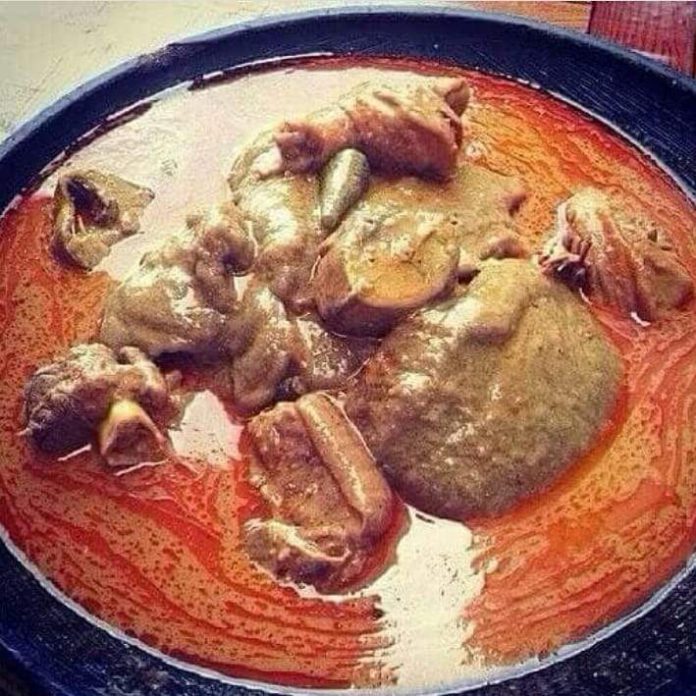The comparison between kokonte and fufu in terms of health benefits and preparation methods involves several factors.
It’s important to note that individual preferences and dietary needs may vary, so what might be considered “better” can depend on specific health goals and personal tastes.
However, here’s a compilation of various reasons some people consider kokonte better than fufu:
- Carbohydrate content:
- Fufu, made from boiled cassava and plantain, is known to be starchy and can be high in carbohydrates. The boiling process may not remove all of the starchy content, contributing to its carb content.
- Kokonte, on the other hand, is prepared from dried cassava, and the drying process helps reduce the starchy content. This may result in a lower carbohydrate content compared to fufu.
- Preparation method:
- Fufu is made by boiling cassava and plantain and then pounding them together to form a smooth, dough-like consistency. This traditional method requires physical effort and time.
- Konkonte is made from dried cassava, which is ground into a powder. This powder is then mixed with water over heat until it reaches a lump-free, dough-like consistency.
The preparation of kokonte may be perceived as simpler compared to the labor-intensive process of pounding fufu.
- Health considerations:
- The perception that kokonte is healthier than fufu is often based on the belief that the drying process removes some of the starch from cassava, resulting in a lower-carb alternative.
- It’s essential to consider other nutritional aspects. For instance, both dishes are gluten-free, and the overall nutritional profile can be influenced by the types of soups they are served with.
- Taste and texture:
- Taste preferences are subjective, and some people may prefer the flavor and texture of one over the other. Fufu is known for its smooth and stretchy consistency, while kokonte may have a heartier or grainier texture.
In conclusion, kokonte is considered less starchy and easier to prepare but fufu wins when it comes to popularity and taste.

